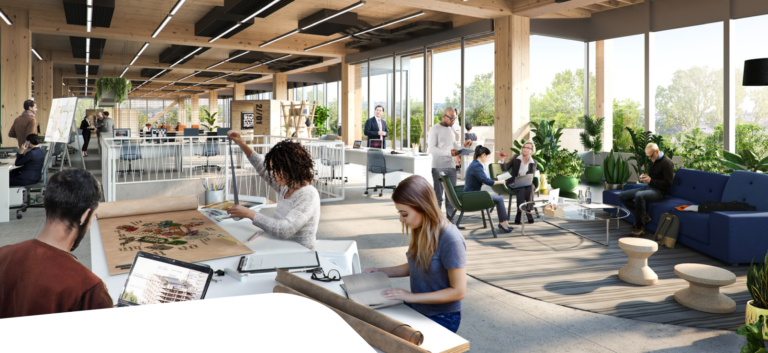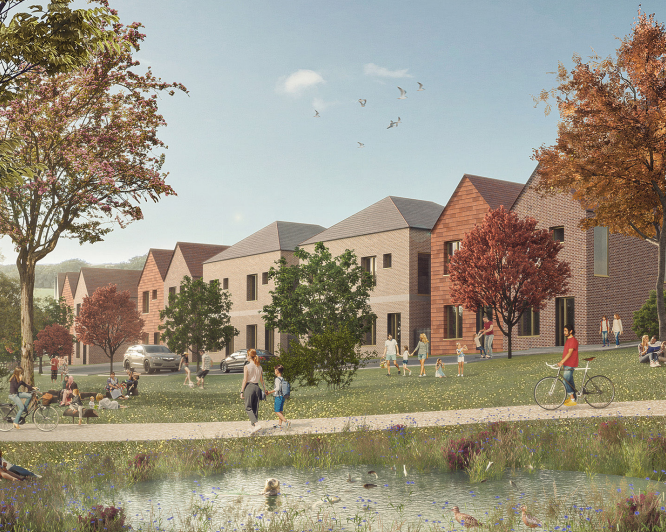Yorkhill
The social value delivery approach for the mixed-use development plan for the closure of Yorkhill.

Approaches Used
Identifying priority stakeholders
- Prior to commencing work on the toolkit, Scottish Futures Trust had entered into early stakeholder engagement and a review of local, regional, and national strategy.
The information gathered during early engagement and the results of the strategy review were used to develop a draft list of potential socio-economic outcomes for the site (Step 4). The list of socio-economic outcomes was then used to create the toolkit.
Understand stakeholder needs
- Data for the Anderston/City/Yorkhill ward (Ward 10) was used. Where this was not available, data for Glasgow City has been used. When ward or Glasgow-specific data was not available, Scottish averages were used.
- A hierarchy of data was established to ensure the toolkit is robust. Data from Scottish Government and the National Records of Scotland (NRS) and contracted sources (such as ScotCen) were first-choice data sources followed by other official sources, such as the ONS, and third-party research from credible sources such as The Red Cross and the Trussell Trust. As much as possible, data from recent years was used.
- As often as possible, the toolkit compares data from Glasgow to that of the Scottish average, or that of a UK or Great Britain average.
- To spot trends and track progress, data was plotted over time.
Put in place a social value measurement framework
- Based on the data, recommendations were made on the changes that can be made to the existing Yorkhill masterplan, as well as the construction, detailed design, and operation of the completed project.
- A bespoke report on the socio-economic context of Yorkhill with a full explanation of the socio-economic contributions and how they apply to the site and local communities was presented.
Key Sustainability Objectives/ Outcomes
The toolkit focuses on the following socio-economic outcomes:
- Employment
- Education
- Greenspace
- Gross Value Added
- Accessibility
- Safety
Related members
Related
Larkhall Park
The social value delivery approach of a residential development in Larkhall, London.

Greening Swinton Square
The social value delivery approach for the Greening Swinton Square project which aims to demonstrate how nature-based solutions (NBS) can be an integral part of the design of town centres.

Brent Cross Town
The social value delivery approach of a new town centre development for the London Borough of Barnet.

Langarth Garden Village
The social value delivery approach for development project in Langarth, Cornwall.

